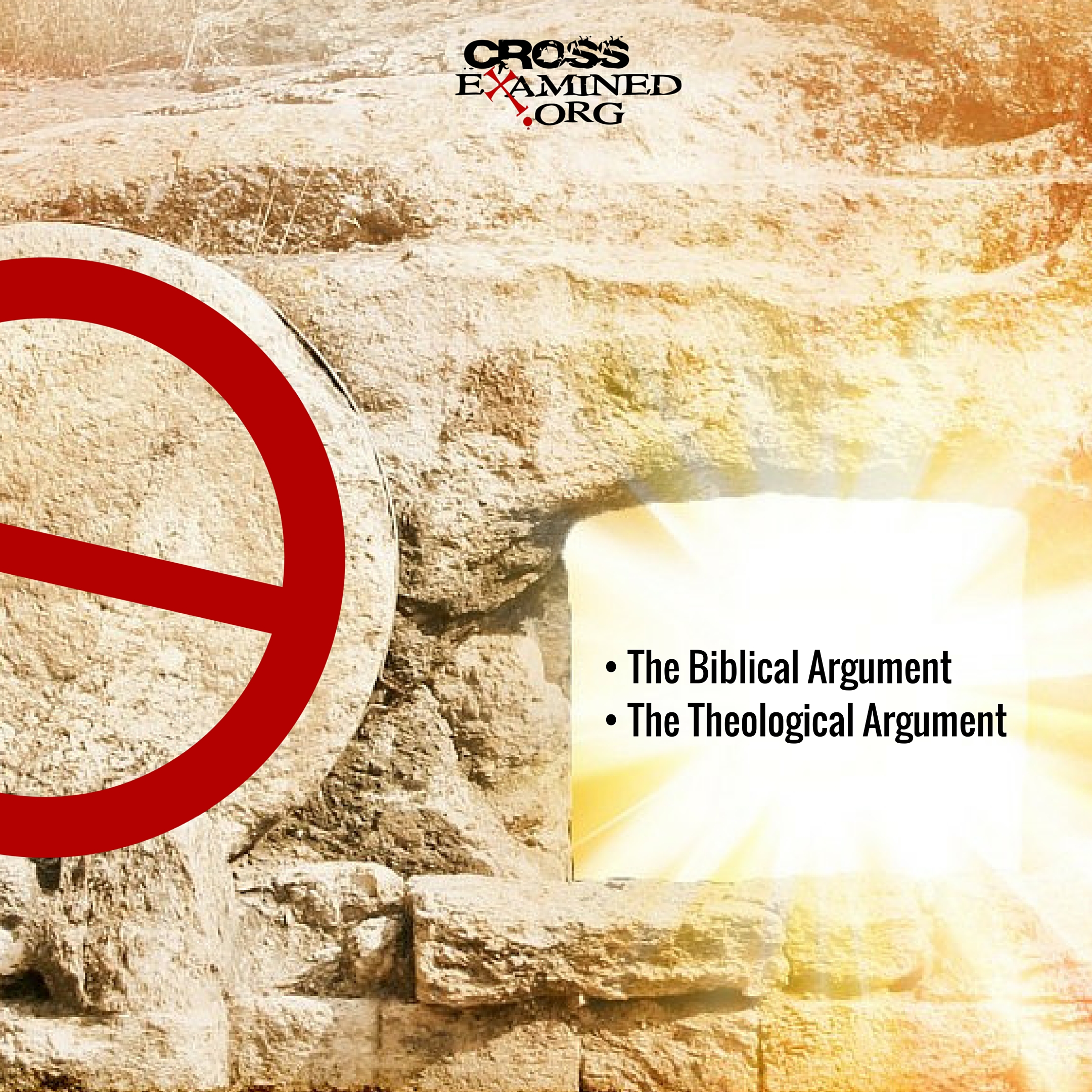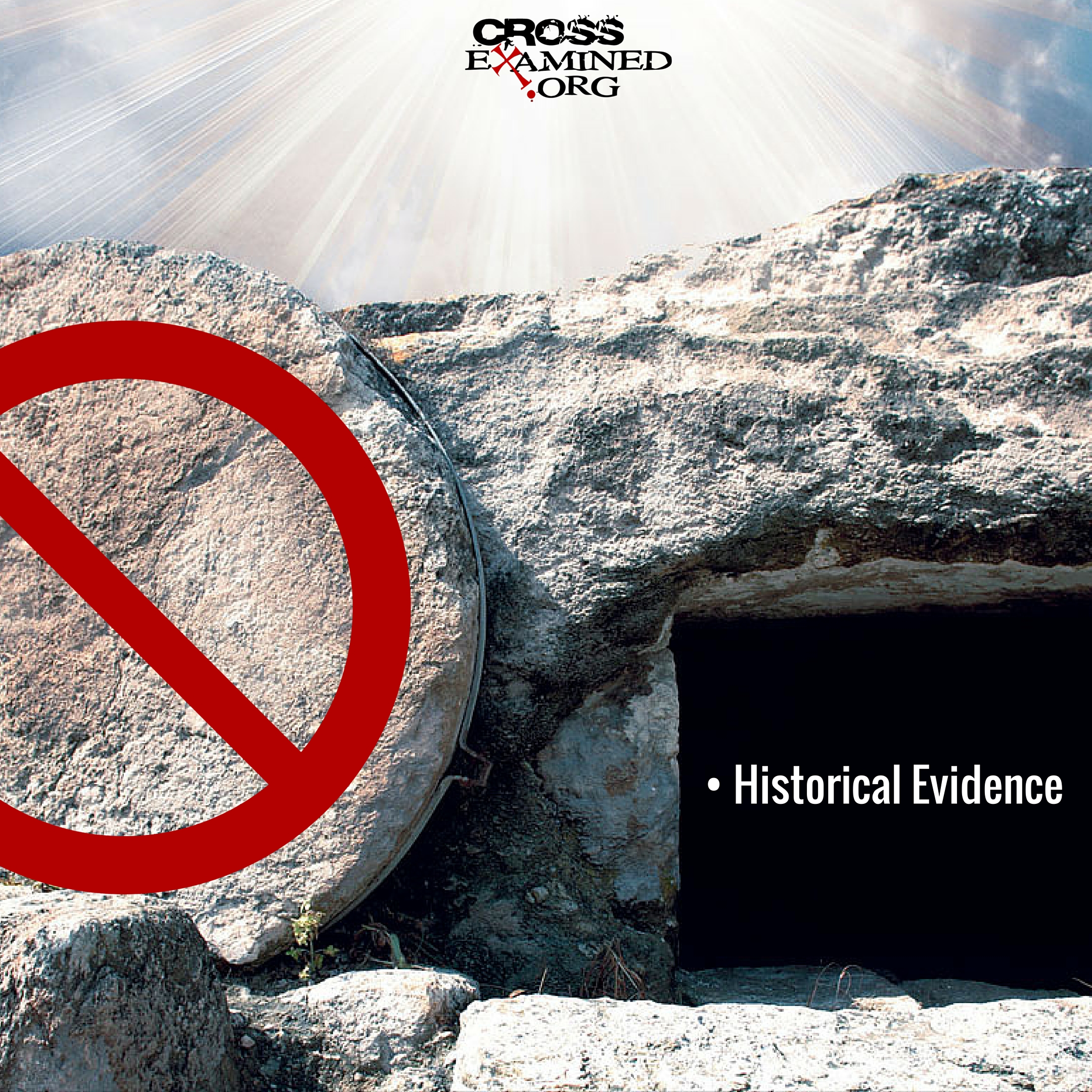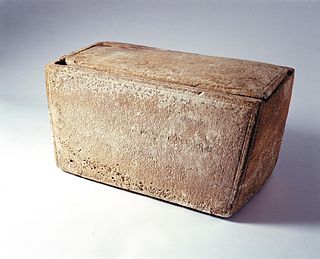For the previous couple of weeks, we have looked into the veritability of the empty tomb hypothesis; that is, that the tomb of Jesus was literally found empty on the first Easter Sunday morning. We have already confirmed historically that the tomb was found empty due to the burial practices of the first-century Jews and also due to the numerous times that Romans allowed clemency for the families to bury the victims of crucifixion especially during the days of Emperor Tiberius (things radically changed in this regard with Emperor Caligula). We have also noted the failure of alternate viewpoints in explaining away the empty tomb. In this article, we will conclude our research as we investigate the biblical and theological arguments for the empty tomb. The biblical argument will ask the question, “Did the early church really believe that the tomb was found empty the first Easter Sunday?” The theological argument will weigh how much Christian theology revolves around the empty tomb hypothesis. Why would the early church value these important attributes of Jesus if the tomb still held the body of Jesus?
The Biblical Argument for Accepting the Empty Tomb Hypothesis
Did the early church believe that the tomb was empty? Scholars hold that strewn throughout the pages of the New Testament are ancient traditions. These ancient traditions predate the writing of the New Testament and represent the beliefs of the earliest church. Gary Habermas notes that some of the passages considered to be ancient traditions in addition to 1 Corinthians 15:3-7 “receiving scholarly attention are 1 Corinthians 11:26…Acts, especially 2:22-36, 4:8-10, 5:29-32, 10:39-43, 13:28-31, 17:1-3, 30-31; Romans 4:25; Philippians 2:8; 1 Timothy 2:6; [and] 1 Peter 3:18.”[1] In addition to these passages, Habermas also notes that “Matthew 27:26-56; Mark 15:20-47; Luke 23:26-56; [and] John 19:16-42”[2] represent ancient traditions that date to the time of the earliest church. Licona adds Romans 6:4 to the forum.[3] Of the numerous traditions listed, the paper will evaluate only two that pertain most directly to the empty tomb: the original ending of Mark’s Gospel (Mark 16:1-8),[4] and 1 Corinthians 15:3-7.
Scholarly consensus along with evidence in the earliest manuscripts indicates that Mark’s Gospel ended at Mark 16:8. Whereas Mark 16:1-8 does not enjoy the consensus that some of the other traditions hold, Licona notes that there “appear to be close similarities between the four-line formula in 1 Corinthians 15:3-5 and other passages such as Mark 15:37-16:7 and Acts 13:28-31.”[5] If Licona is correct, then one can argue that Mark 16:1-7 holds nearly the same force, being an early tradition, that 1 Corinthians 15:3-7 seemingly enjoys. Seeing 1 Corinthians 15:3-7 enjoys strong consensus that the text relates a tradition that dates back to the earliest church, a fact that will be addressed later in this section.
Nevertheless, Mark 16:1-7 provides evidence that Mark believed that Jesus’ tomb was found empty on the first Easter Sunday. Mark notes that the women “went to the tomb” (Mark 16:2). The women wondered who would roll away the large stone from the tomb (Mark 16:3). The women noticed that “the stone had been rolled back—it was very large” (Mark 16:4). The women “entered the tomb” (Mark 16:5). The women had an angelophany where an angel announced they sought “Jesus of Nazareth, who was crucified. He has risen; he is not here. See the place where they laid him” (Mark 16:6). The women left the tomb with great fear (Mark 16:7). Review the information provided in the text. The women came to the tomb, acknowledging that Jesus was indeed buried in a tomb. The women entered the tomb expecting to see the body of Jesus. The women had an angelophany in the tomb where it was announced that Jesus had risen, noting that the tomb was empty. The women left with great fear because the tomb was empty. Thus, Mark’s original ending demands the existence of an empty tomb. It was noted earlier that 1 Corinthians 15:3-7 holds universal scholarly consensus as being an ancient tradition. Does 1 Corinthians 15:3-7 afford any insight to the existence of an empty tomb?
1 Corinthians 15:3-7 is a tradition that Paul received from the church “within five years of Jesus’ crucifixion and from the disciples themselves.”[6] Thus, 1 Corinthians 15:3-7 is of great historical value. The tradition also allows for the empty tomb hypothesis. The tradition notes that “Christ died for our sins in accordance with the Scriptures, that he was buried, that he was raised on the third day in accordance with the Scriptures, and that he appeared to Cephas, then to the twelve” (1 Corinthians 15:3b-5). The structure of the tradition assumes that the tomb of Jesus was empty. Craig notes that the reference to the burial of Jesus in 1 Corinthians 15:3-7 makes “it very difficult to regard Jesus’ burial in the tomb as unhistorical, given the age of the tradition (AD 30-6), for there was not sufficient time for legend concerning the burial to significantly accrue.”[7] It notes that Jesus physically died. Jesus was physically buried. Jesus physically raised from death. Jesus physically appeared to the disciples, demanding that the previous place of burial was left empty. Therefore, the empty tomb holds biblical support with early church traditions demonstrating that the early church believed that Jesus’ tomb was empty. So, what theological value does this hold?
The Theological Argument for Accepting the Empty Tomb Hypothesis
Thus far, the paper has evaluated the evidence for the empty tomb hypothesis. William Lane Craig notes that the evidence for the empty tomb “is so compelling that even a number of Jewish scholars, such as Pinchas Lapide and Geza Vermes, have declared themselves convinced on the basis of the evidence that Jesus’ tomb was found empty.”[8]However, one must ask, what value does the empty tomb hypothesis hold for the overall scope of Christian theology?
First, the empty tomb serves to demonstrate the divine nature of Christ. The empty tomb serves as evidence for the resurrection. The resurrection serves as evidence of Jesus’ deity. Millard Erickson denotes that “to Jews of Jesus’ time, his resurrection would have signified divinity, we must ask about the evidence for it.”[9] Norman Geisler states that “while the empty tomb in and of itself is not proof of the resurrection, it is an indispensable prerequisite to the evidences (the physical appearances of Jesus).”[10]
Also, the empty tomb provides evidence that God will fulfill the teachings and promises given through Christ, especially that Christ will one day return. Perhaps Paul says it best when he notes that “if Christ has not been raised, your faith is futile and you are still in your sins” (1 Corinthians 15:17).
Theologically, the entire basis of the Christian faith rests upon the resurrection of Christ. If Christ has been raised from the dead, then the Christian faith is verified. Furthermore, if Christ was raised from the dead, then obviously one clearly concludes that the tomb which housed his body was emptied of his physical presence.
Conclusion
The empty tomb hypothesis holds great weight historically, biblically, and theologically. Secular naturalism does not offer any appropriate alternatives. If one is to follow the evidence where it leads, one must note that the disciples encountered an empty tomb on the first Easter Sunday. While it is impossible to know anything with absolute certainty, it is highly probable that Jesus’ tomb was found empty on the first Easter Sunday. Yet, the empty tomb did not transform the disciples. The encounters the disciples had with the risen Jesus empowered the disciples with great courage and boldness. The empty tomb serves as a reminder that Christ has been raised from death and that each person can have an encounter with the risen Jesus by simply calling upon his name. The empty tomb also reminds humanity that Jesus came, Jesus left, and one day Jesus will return.
Visit Brian’s Website: BellatorChristi.com
Copyright, March 28, 2016. Brian Chilton.
Notes
[1] Gary Habermas, The Risen Jesus & Future Hope (Lanham, MD: Rowman & Littlefield, 2003), 39, 65n.
[2] Ibid., 39, 66n.
[3] Licona, The Resurrection of Jesus: A New Historiographical Approach, 222.
[4] While the ending of Mark is not listed among the early traditions, scholars generally hold to the primacy of Mark’s Gospel as it represents the earliest of the Gospels. Thus Mark represents the earliest tradition in the Gospel narratives.
[5] Licona, The Resurrection of Jesus: A New Historiographical Approach, 321.
[6] Gary R. Habermas and Michael R. Licona, The Case for the Resurrection of Jesus (Grand Rapids: Kregel, 2004), 53.
[7] Davis, Kendall, and O’Collins, eds. The Resurrection, 253.
[8] William Lane Craig, Reasonable Faith: Christian Truth and Apologetics, 3rd ed (Wheaton: Crossway, 2008), 371.
[9] Millard J. Erickson, Christian Theology, 2nd ed (Grand Rapids: Baker Academic, 1998), 710.
[10] Norman L. Geisler, Systematic Theology: In One Volume (Minneapolis: Bethany House, 2011), 1512.
Bibliography
Bird, Michael, F., et. al. How God Became Jesus: The Real Origins of Belief in Jesus’ Divine Nature—A Response to Bart Ehrman. Grand Rapids: Zondervan, 2014.
Craig, William Lane. Reasonable Faith: Christian Truth and Apologetics, 3rd Edition. Wheaton: Crossway, 2008.
Davis, Stephen; Daniel Kendall, SJ; and Gerald O’Collins, SJ, eds. The Resurrection. Oxford, UK: Oxford University Press, 2004.
Ehrman, Bart. How Jesus Became God: The Exaltation of a Jewish Preacher from Galilee. New York: HarperOne, 2014.
Erickson, Millard J. Christian Theology. Second Edition. Grand Rapids: Baker Academic, 1998.
Elwell, Walter A., and Barry J. Beitzel. Baker Encyclopedia of the Bible. Grand Rapids: Baker Book House, 1988.
Geisler, Norman L. Baker Encyclopedia of Christian Apologetics. Baker Reference Library. Grand Rapids: Baker Books, 1999.
_______________., and Frank Turek. I Don’t Have Enough Faith to Be an Atheist. Wheaton: Crossway, 2004.
_______________. Systematic Theology: In One Volume. Minneapolis: Bethany House, 2011.
Habermas, Gary R. The Historical Jesus: Ancient Evidence for the Life of Christ. Joplin, MO: College Press, 2011.
_______________., and Michael R. Licona. The Case for the Resurrection of Jesus. Grand Rapids: Kregel, 2004.
_______________. The Risen Jesus & Future Hope. Lanham, MD: Rowman & Littlefield, 2003.
Kreeft, Peter, and Ronald K. Tacelli. Handbook of Christian Apologetics: Hundreds of Answers to Crucial Questions. Downers Grove: IVP Academic, 1994.
Licona, Michael R. The Resurrection of Jesus: A New Historiographical Approach. Downers Grove: IVP Academic, 2010.
Meyers, Eric M. “Secondary Burials in Palestine.” The Biblical Archaeologist 33 (1970): 2-29. In N. T. Wright. The Resurrection of the Son of God. Volume 3. Christian Origins and the Question of God. Minneapolis: Fortress Press, 2003.
Miller, Richard C. “Mark’s Empty Tomb and Other Translation Fables in Classical Antiquity.” Journal Of Biblical Literature 129, 4 (2010): 759-776. Accessed November 6, 2015. ATLA Religion Database with ATLASerials, EBSCOhost.
Smith, Daniel A. “Revisiting the Empty Tomb: The Post-mortem Vindication of Jesus in Mark and Q.” Novum Testamentum 45, 2 (2003): 123-137. Accessed November 6, 2015. ATLA Religion Database with ATLASerials, EBSCOhost.
Wallace, J. Warner. Cold-case Christianity: A Homicide Detective Investigates the Claims of the Gospels. Colorado Springs: David C. Cook, 2013.
Wright, N. T. The Resurrection of the Son of God. Volume 3. Christian Origins and the Question of God. Minneapolis: Fortress Press, 2003.



